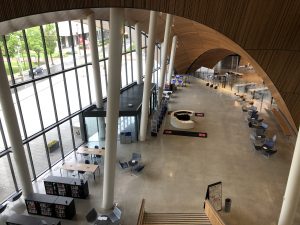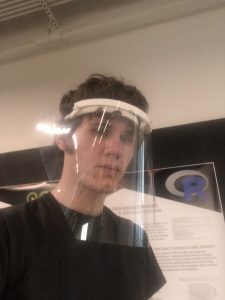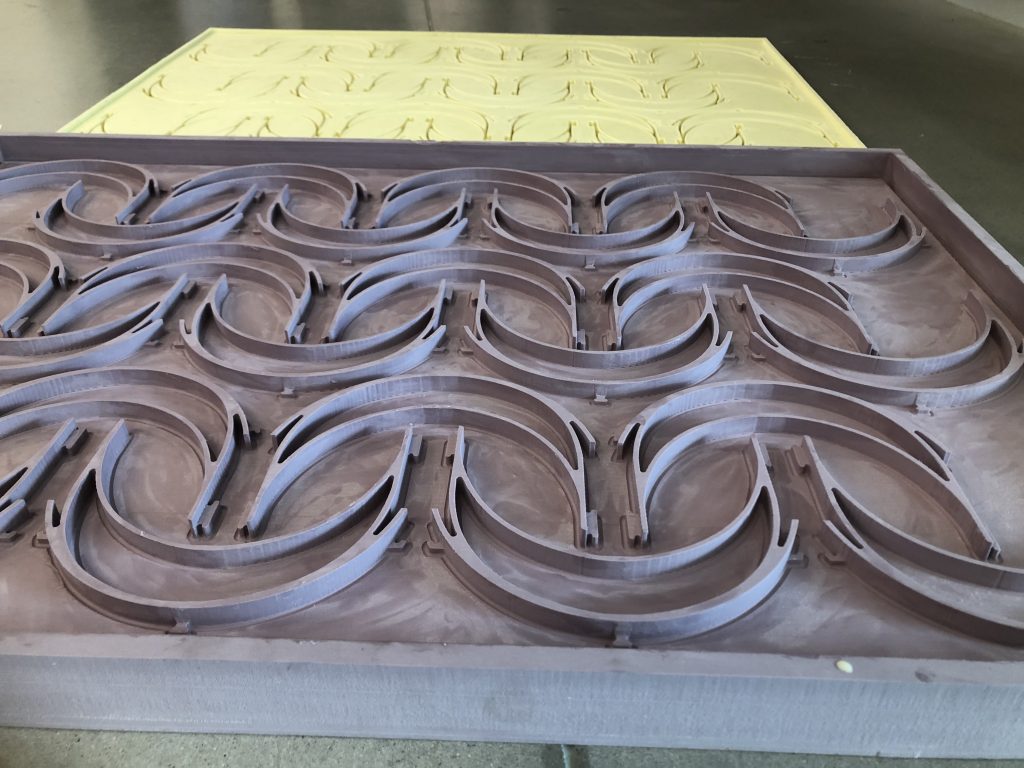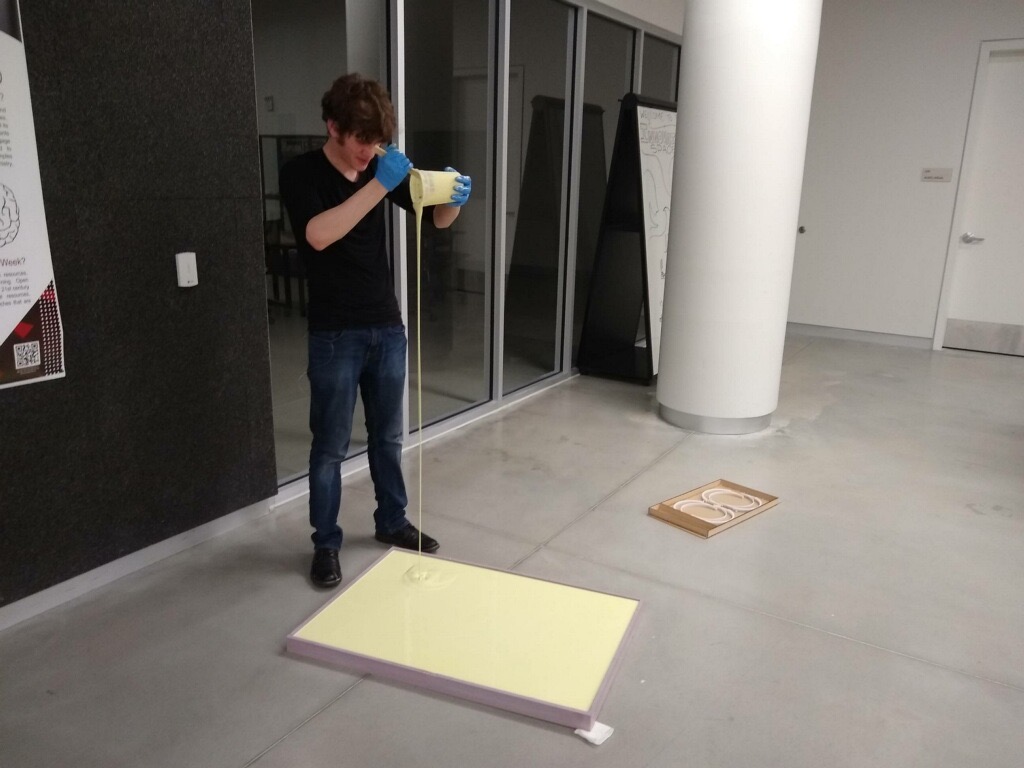About nine months ago, the new Charles Library opened on Temple Main Campus. This forward-thinking academic library in the heart of campus was a cause for much celebration, and it quickly became an integral hub for gathering and collaborating, study and research, creating and exploring.
And then the COVID-19 pandemic hit. In mid-March, Temple made the decision to move all courses online and closed most university buildings. That included our brand new Charles Library.
Charles Library is empty now of people, save for one: Makerspace Manager David Ross. In the Loretta C. Duckworth Scholars Studio on the third floor of Charles Library, David is putting the 3D printers, laser cutters, and other equipment in our production-oriented facility to work.
David is part of a university-wide task force comprised of Temple faculty, staff, and students that assembled to answer the question: what can we do to help address the critical shortage of personal protective equipment (PPE) for medical professionals?
Named the Temple University COVID-19 Assistance Team (TUCAT), this cross-disciplinary effort began in March and is still ongoing. The team spans across the university, from the College of Engineering and College of Science and Technology to Tyler School of Art and Architecture to Temple Libraries, Temple Health, and the Office of the Vice President for Research. The team members are practicing social distancing and working separately to avoid any further spread.
So what’s it like to be in Charles Library alone? David says it’s a bit lonely, though there are a few perks, including:
My own bathrooms (PLURAL)- Listening to Music or NPR super loud in a library!
- Being asked to turn on computers, or get items for staff…So I get to walk through the office spaces and see coworkers’ desk personalities. Some of these are really fun— one person has an amazing LEGO set, a few have forests growing across their desks
- I have the pick of the litter for reading material and games and such—makes for nice breaks
- I dance! I bet the security guards watching the video love seeing me act a fool
David’s primary focus in the Makerspace is creating face shields. In other spaces across campus, team members (who may or may not also be dancing while they work) are making other components, as well as assembling, cleaning, and packing the PPE for delivery. The team also donated a number of iPads and helped develop a system to remotely run the iPads in order to help doctors maintain social distancing.
While we aren’t the only organization employing our Makerspace to make PPE, the Temple task force made the early decision to take a faster and safer approach. The team determined that 3D printing the face shields themselves wasn’t feasible on a mass scale, because the process can be expensive, slow, and prone to error.
Instead, David worked closely with Professor Tonia Hsieh from the Department of Biology and came up with the idea to use 3D printers to create molds, from which many face shields could then be quickly cast. What’s more, the material used for casting—a flexible resin—can be cleaned and reused, making it ideal for use in hospitals.
The Temple team has shared their unique process, including designs and molds, with universities and partners across Philadelphia and even Delaware, which according to David, turned the project “from a Temple effort to a Philadelphia effort.” The team has also created a how-to guide so that “this can grow from a Philly effort to an American effort to even a global effort,” David notes.
In reflecting on the experience, David says that “one of the best parts of this for me was being allowed to use new types of casting materials and learning new methods for making this process efficient.” He also notes Charles Library’s role as being a natural place for facilitating interdisciplinary collaboration and that “without cross-disciplinary work, the project would never have happened.”




